Professor Roger Whatmore, CEO of Tyndall National Institute welcomed today the Forf s report on Ireland s Nanotechnology Commercialisation Framework 2010-2014.
Sep 1st, 2010
Read more
A 'game-changing' technique using near infrared light enables scientists to look deeper into the guts of cells, potentially opening up a new frontier in the fights against cancer and many other diseases.
Sep 1st, 2010
Read more
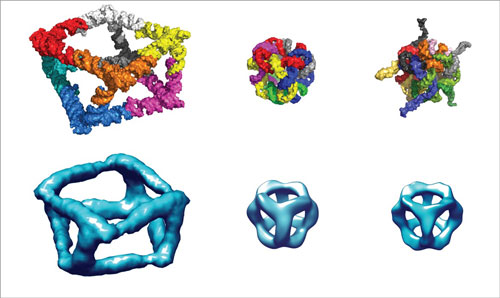 Two new groundbreaking scientific papers by researchers at UC Santa Barbara demonstrate the synthesis of nanosize biological particles with the potential to fight cancer and other illnesses. The studies introduce new approaches that are considered 'green' nanobiotechnology because they use no artificial compounds.
Two new groundbreaking scientific papers by researchers at UC Santa Barbara demonstrate the synthesis of nanosize biological particles with the potential to fight cancer and other illnesses. The studies introduce new approaches that are considered 'green' nanobiotechnology because they use no artificial compounds.
Aug 31st, 2010
Read more
Measurements taken at the National Institute of Standards and Technology (NIST) may help physicists develop a clearer understanding of high-temperature superconductors, whose behavior remains in many ways mysterious decades after their discovery.
Aug 31st, 2010
Read more
On Sept. 13, 2010, the National Institute of Standards and Technology (NIST), the Federal Laboratory Consortium, the Maryland Technology Development Corporation (TEDCO) and the Montgomery County Department of Economic Development will co-sponsor a nanotechnology forum on NIST's Gaithersburg, Md., campus.
Aug 31st, 2010
Read more
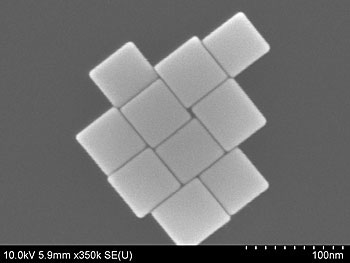 Researchers have developed a simple process for producing nanocrystals that will enable studies of certain physical and chemical properties that affect how nanoparticles interact with the world around them.
Researchers have developed a simple process for producing nanocrystals that will enable studies of certain physical and chemical properties that affect how nanoparticles interact with the world around them.
Aug 31st, 2010
Read more
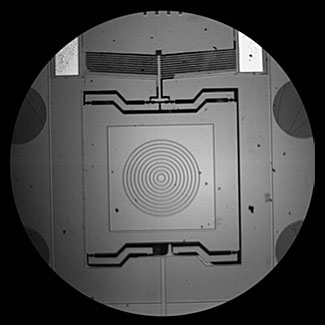 Researchers at the National Institute of Standards and Technology (NIST) have demonstrated a microminiaturized device that can make complex viscosity measurements - critical data for a wide variety of fields dealing with things that have to flow - on sample sizes as small as a few nanoliters.
Researchers at the National Institute of Standards and Technology (NIST) have demonstrated a microminiaturized device that can make complex viscosity measurements - critical data for a wide variety of fields dealing with things that have to flow - on sample sizes as small as a few nanoliters.
Aug 31st, 2010
Read more
Shipping Out to Boston for ACS Meeting: Berkeley Lab researchers present on medicine, energy, the environment and more.
Aug 31st, 2010
Read more
The best result came from a blend of dyes used in canned vegetables, jellies and sauces.
Aug 31st, 2010
Read more
Rice University scientists have created the first two-terminal memory chips that use only silicon, one of the most common substances on the planet, in a way that should be easily adaptable to nanoelectronic manufacturing techniques and promises to extend the limits of miniaturization subject to Moore's Law.
Aug 31st, 2010
Read more
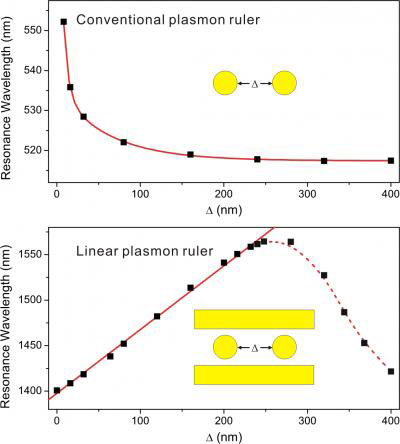 A noble metallic dimer (a molecule that results from combining two entities of the same species) has been used as a plasmon ruler to make absolute distance and distance change measurements.
A noble metallic dimer (a molecule that results from combining two entities of the same species) has been used as a plasmon ruler to make absolute distance and distance change measurements.
Aug 31st, 2010
Read more
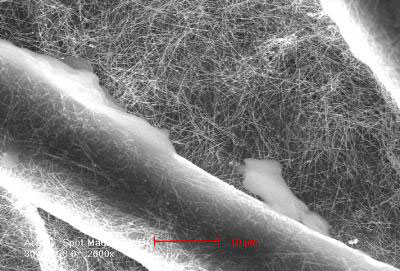 By dipping plain cotton cloth in a high-tech broth full of silver nanowires and carbon nanotubes, Stanford researchers have developed a new high-speed, low-cost filter that could easily be implemented to purify water in the developing world.
By dipping plain cotton cloth in a high-tech broth full of silver nanowires and carbon nanotubes, Stanford researchers have developed a new high-speed, low-cost filter that could easily be implemented to purify water in the developing world.
Aug 31st, 2010
Read more
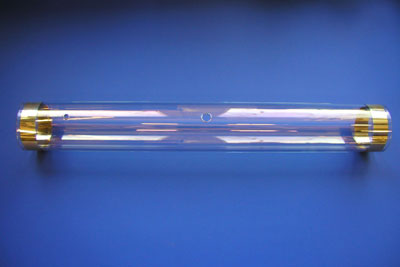 Researchers have developed a process that allows them to manufacture not just transparent, but heatable films. These films also prevent condensation, ensuring ice cannot build up on the windscreen overnight - and, once and for all, consigning the ice scraper to the trash can.
Researchers have developed a process that allows them to manufacture not just transparent, but heatable films. These films also prevent condensation, ensuring ice cannot build up on the windscreen overnight - and, once and for all, consigning the ice scraper to the trash can.
Aug 31st, 2010
Read more
Myers will lead efforts at one of the world's most powerful university-based computing centers.
Aug 31st, 2010
Read more
Am 14. und 15. Oktober 2010 findet zum fuenften Mal die Generalversammlung und Jahrestagung der Europaeischen Technologieplattform fuer Nanomedizin statt.
Aug 31st, 2010
Read more
High-k dielectric nanosheets realizes the smallest, highest capacitance device.
Aug 30th, 2010
Read more







 Subscribe to our Nanotechnology News feed
Subscribe to our Nanotechnology News feed